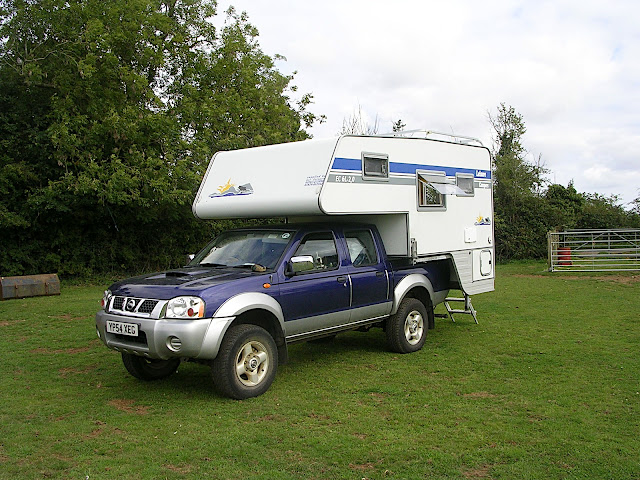dependencies
Guest
Right Alan my mistake, one of these NSR or Nordstar type RV's

For this winter I'm looking at putting in a system to charge the van battery off the solar panel while it's stood for long periods, all ideas as to the best way to achieve this will be welcome please.
and I'm a little more clued-up than I was last week, I want ideally to keep the roof access to a minimum so they would need mounting permanently
Why not take the simple approach of placing a solar panel inside the vehicle propped up on the dashboard, and connected via the cigarette lighter?
This is what I use to just trickle charge the van battery.
This presumes of course that the van battery is not being used whilst stationary for any domestic supllies ...
Hi Canalsman,
The van battery is only used for engine starting. I did'nt think those cig lighter panels were much good, I've heard that they can overheat the vehicle wiring causing fires if you're not careful, especially on older vehicles like ours.
I've heard about these so called battery to battery smart chargers, I may look into those, does anyone have any experience of using these??
